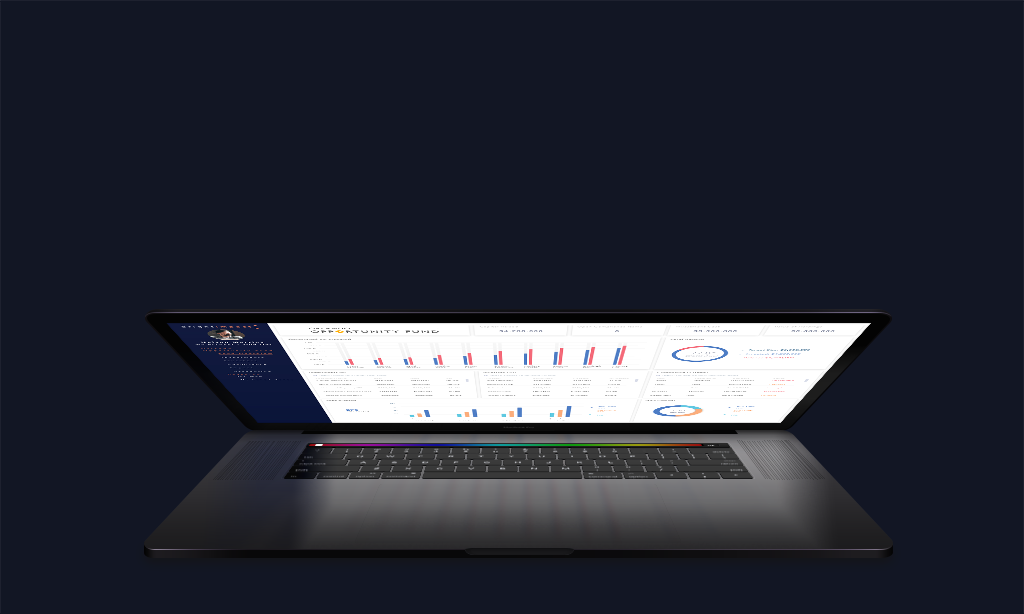An exciting new tax incentive program enacted by Congress in 2017, Opportunity Zones are designed to unlock $6 billion of investors’ unrealized capital gains, turning them into catalysts for economic
development in economically distressed communities.
If you have invested in stocks, real estate or other assets that have appreciated in value, Opportunity Zones enable you to sell them with deferred and minimized tax consequences by investing the proceeds in a qualified opportunity fund. The reduced capital gains taxes from the original investments can be deferred until 2026, while new capital gains from the appreciation of your qualified opportunity fund investment can be permanently excluded.
Nominated by America’s governors, Opportunity Zones are individual census tracts equal to roughly 20% of each state where investments in businesses or properties may be eligible for preferential tax treatment through Qualified Opportunity Funds.
There are more than 8,700 Qualified Opportunity Zones in the United States. In addition, nearly all of Puerto Rico is an Opportunity Zone. Browse our map below to see designated Opportunity Zones across the country.
Qualified Opportunity Funds are unique investment vehicles that enable investors to take advantage of new tax incentives when investing in businesses and properties located in Opportunity Zones.
Qualified Opportunity Fund Requirements
Specific tax incentives offered to tax payers that invest their capital gains into Qualified Opportunity Funds are based on the length of time their investment is held. These tax incentives include:

We are excited to launch the Bright Impact Software, created to help manage and measure the impact of Opportunity Zone investments. Join the excitement and stay tuned for updates.